China Star | Breakthrough Difficulties! These "black technologies" support the docking of "boats" with "big stations"
CCTV News:Tiangong’s "reunion" is not only the rendezvous and docking mission of the first manned spacecraft in the application and development stage of China Space Station, but also the first radial rendezvous and docking mission under the T-shaped configuration of the space station’s three cabins. Compared with the past, what are the difficulties of this rendezvous and docking mission? How do researchers guarantee it?
Difficulty 1: radial docking of the "T" space station assembly for the first time.
The first radial rendezvous and docking with the three-cabin space station

Previously, China’s spacecraft rendezvous and docking in space were mostly in the horizontal direction, while the radial rendezvous and docking can be understood as docking from the vertical direction. Although both Shenzhou 13 and Shenzhou 14 have completed radial docking before, this is the first time that Shenzhou 16 has made radial rendezvous and docking with a three-cabin space station.

Jian Yao, chief designer of the docking mechanism subsystem of Shenzhou manned spacecraft:For the first time, we carried out radial docking on the "T" space station assembly. There is a big eccentricity in this docking, which is also a brand-new challenge.
Difficulty 2: The docking target configuration is complex and the tonnage is huge.
Radial rendezvous and docking is equivalent to a "space collision"

Rendezvous and docking in space, figuratively speaking, is that two spacecraft "collide" in space. Therefore, the quality of the two will have a great impact on the whole docking process. Previously, the Shenzhou 14 manned spacecraft docked at the space station radially, and the docking target of the spacecraft was 47 tons. This time, the Shenzhou 16 manned spacecraft will rendezvous and dock radially with the 100-ton space station assembly. Facing the multi-configuration, large tonnage and large eccentricity docking target, the docking mechanism is a brand-new challenge in capture, buffering and rigid connection.
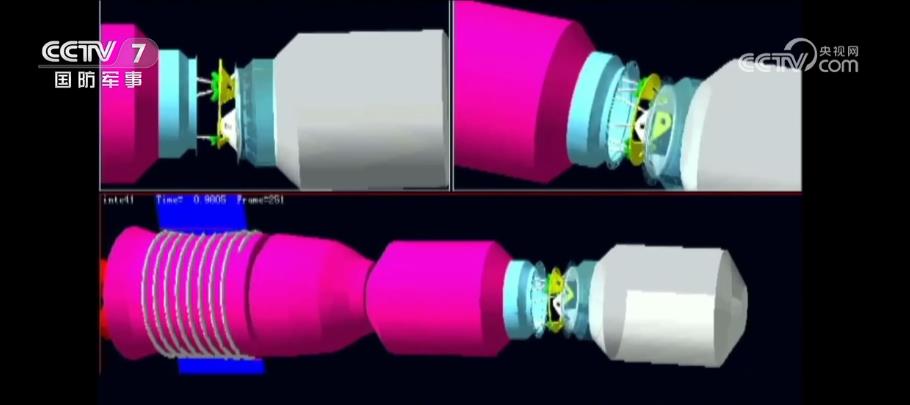
Jian Yao, chief designer of the docking mechanism subsystem of Shenzhou manned spacecraft:By increasing the configuration of controllable dampers, we can control the load during docking and ensure that astronauts and onboard equipment can withstand the impact caused by docking collision.
Difficulty 3: The huge size of the space station interferes with the spacecraft sensor.
Measuring equipment helps the sensor to improve its recognition ability.

In the process of rendezvous and docking, shenzhou spaceship needs to rely on many measuring sensors to judge the position and direction, and many of these sensors are based on the background of the sun or the universe. Because the spacecraft is docked from below the space station, the huge size of the space station will block the sun and reflect the sunlight, which will interfere with the sensors on the spacecraft.
Zhang Yi, Deputy Director of shenzhou spaceship Guidance Navigation and Control Subsystem:In this respect, it is necessary to rely on the anti-interference characteristics of the spacecraft, including some target recognition capabilities. In other words, it can identify whether the measurement target I want or some other occlusion target comes in.
"Black Technology" Behind shenzhou spaceship’s Fast and Accurate Docking
Before shenzhou spaceship docked with the space station, every attitude adjustment would bring speed change. It is as difficult for human eyes to observe this change as it is to observe the change caused by using the power of ants to push a floating elephant. This requires a high-precision accelerometer to sense small changes in speed and direction. What is this "black technology"?

Yu Huanan, chief designer of 33 high-precision accelerometer combinations of China Institute of Aerospace Science and Technology:This turntable is to simulate the spacecraft’s attitude changes during the whole flight, and it will have an acceleration input.
Reporter:Now the module we put on it, is it a product that has actually been in space?
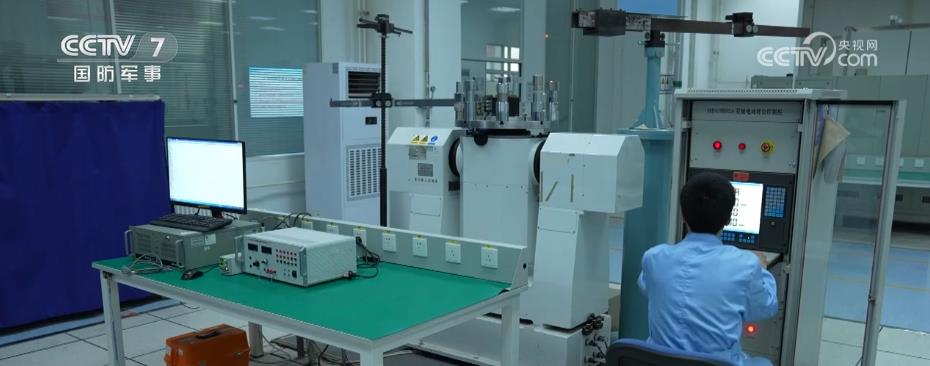
Yu Huanan, chief designer of 33 high-precision accelerometer combinations of China Institute of Aerospace Science and Technology:Yes, this is the product of Shenzhou XIII’s space flight. After the flight test, these data are further calibrated and compared with the delivered data, which provides a good guiding direction for us to explore or improve the product.
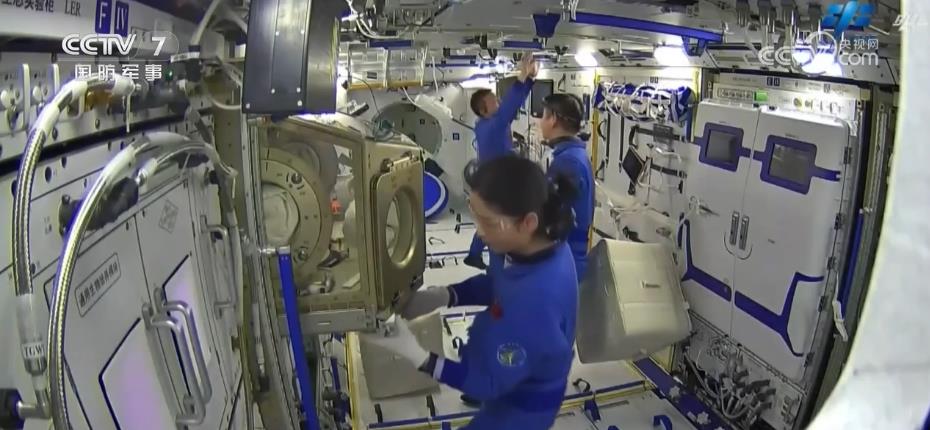
In recent years, with the increasing in-orbit time of Chinese astronauts, higher requirements have been put forward for all kinds of shenzhou spaceship components that are also on standby in orbit. Through continuous innovation and upgrading, researchers keep up with the rapid development of China’s space industry.

Yu Huanan, chief designer of 33 high-precision accelerometer combinations of China Institute of Aerospace Science and Technology:For example, radiation and the temperature environment in space will have an impact on the devices and structures of products. At the beginning of design, it should be considered to ensure that the product can have long-term working reliability.
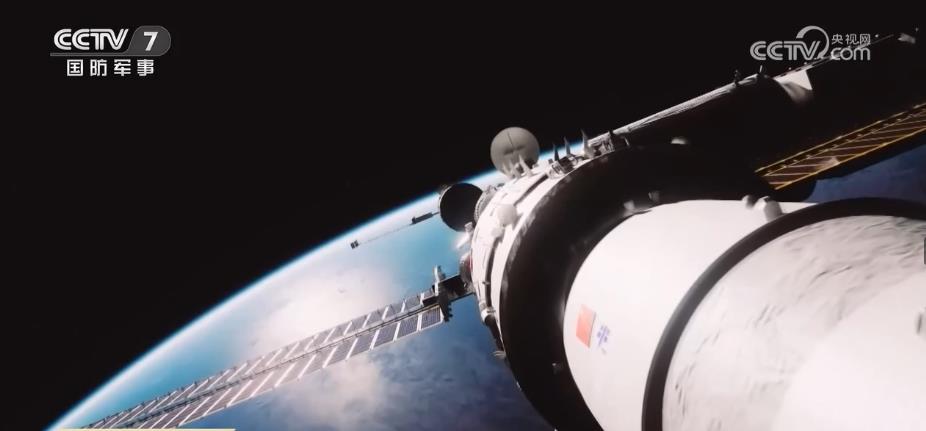
Yu Huanan said that the accelerometer developed by No.33 Institute of the Third Hospital has been in use since the Shenzhou-1 spacecraft was launched in 1999. It has experienced iterative processes such as stability improvement, vacuum environment adaptation transformation and temperature environment adaptation improvement, and has become one of the most reliable components of Shenzhou Feitian.
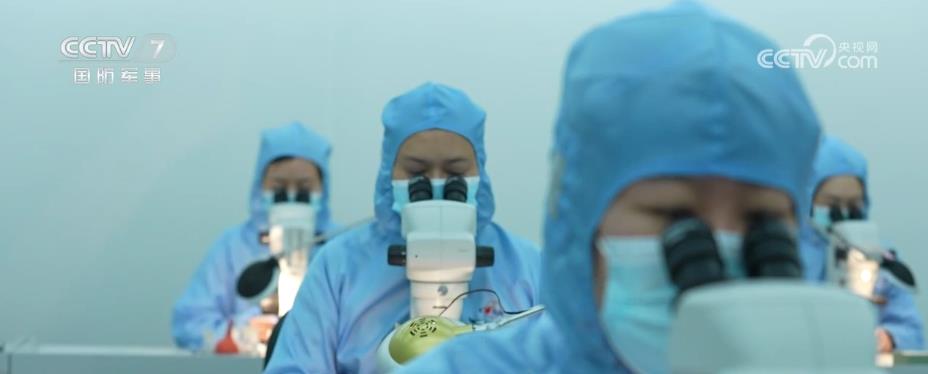
Yu Huanan, chief designer of 33 high-precision accelerometer combinations of China Institute of Aerospace Science and Technology:The new generation of spacecraft must pursue higher performance and higher integration. This time, we integrate the circuit and meter into other stand-alone computers in the navigation control system of the spacecraft in a new form to support the engineering development of a new generation of spacecraft. Through these continuous innovations, we can better meet the needs of the motherland in space applications such as space station construction and deep space exploration.